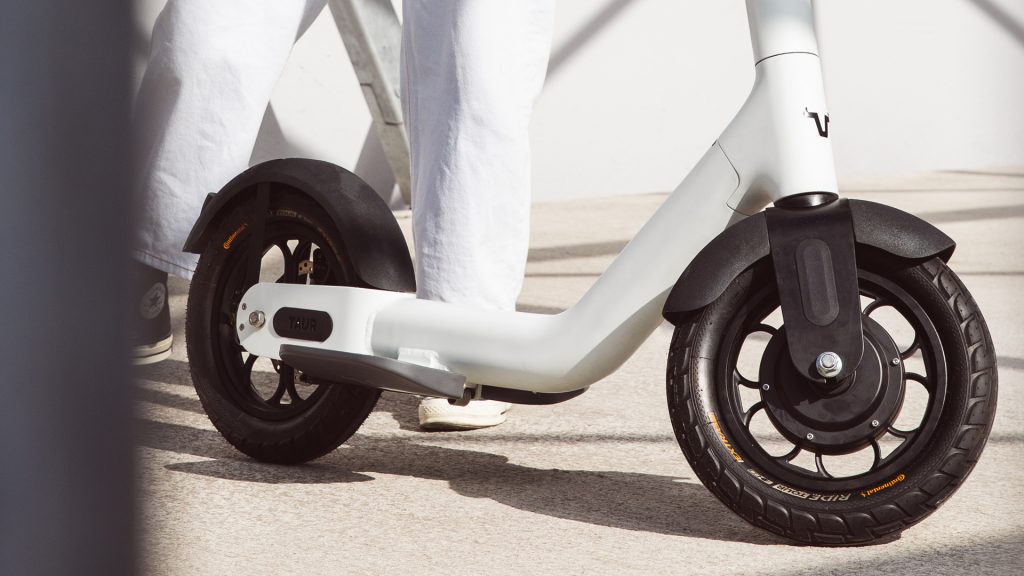Levy’s Innovative, Entry-Level Electric Scooter
An interchangeable battery system extends range and improves rider confidence

NYC-based scooter producer Levy offers an entry-level model—the eponymous Levy Electric Scooter—that instills confidence in its riders and provides a sense of power matched with the right safety precautions, a waterproof rating of IP54 and a fire-proof battery casing included. These additions calm the concerns of those who deem scooters unsafe or toy-like and entice those looking to switch from commuting via car or public transportation.
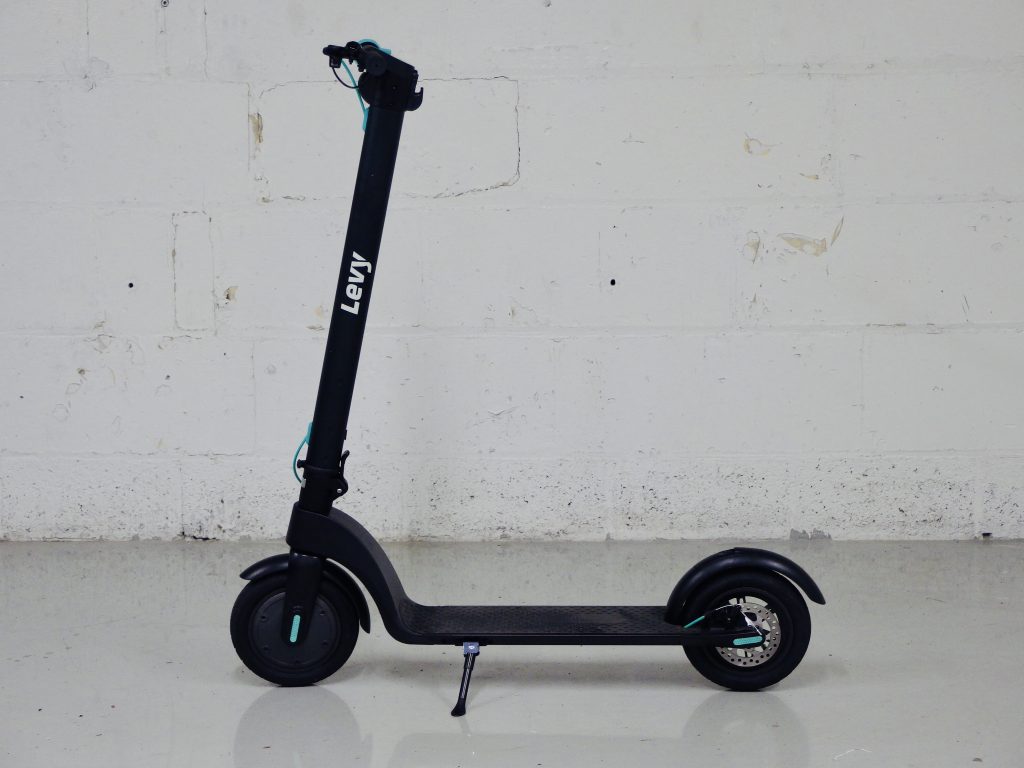
Levy, a relatively small company within the industry, stands as the first to bring a consumer-facing scooter with an interchangeable battery system to market. That means owners could store the scooter in a garage or storage room and charge the battery inside, freeing up space and reducing the risk of tracking in dirt or debris. Though the single battery boasts a maximum range of just 12 miles, the battery is stored within the neck and can be removed and switched with a second one. This system extends the scooter’s range well beyond competitor’s iterations—which often top out at 18 and rarely go beyond 25. This also opens up the possibility of buying into improved batteries as they’re released, Levy founder Eric Levenseller says.
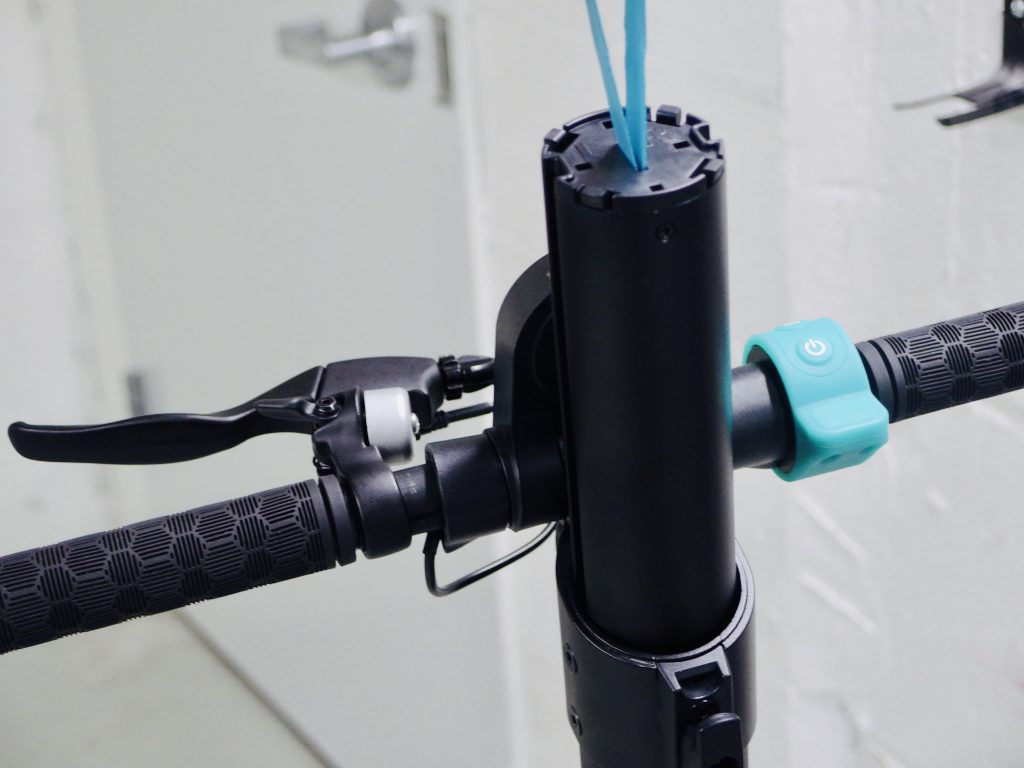
“Most people buy a scooter based on what the range will give them,” he says. “But there’s a problem when you do that. The batteries can’t really be replaced, and that’s the thing that, over a longer period, you’re going to want to replace.” Though Levy’s battery boasts close to 600 life cycles, Levenseller says most need (or at least should be) replaced within two years. Many other scooters that don’t feature a removable battery are then obsolete. “You could buy our standard model and buy a new battery when we release one. [Having the interchangeable batteries], you can extend the life of your scooter,” he finishes.

The Levy base model he mentions sits on 8.5-inch tubeless tires, positioning the rider approximately five inches off the ground. The included battery accounts for just over three pounds of the scooter’s 27-pound total weight, making it slightly heavier than Audi (26 pounds) and Unagi (24 pounds) iterations. But, the slight difference is more than made up for in other categories.
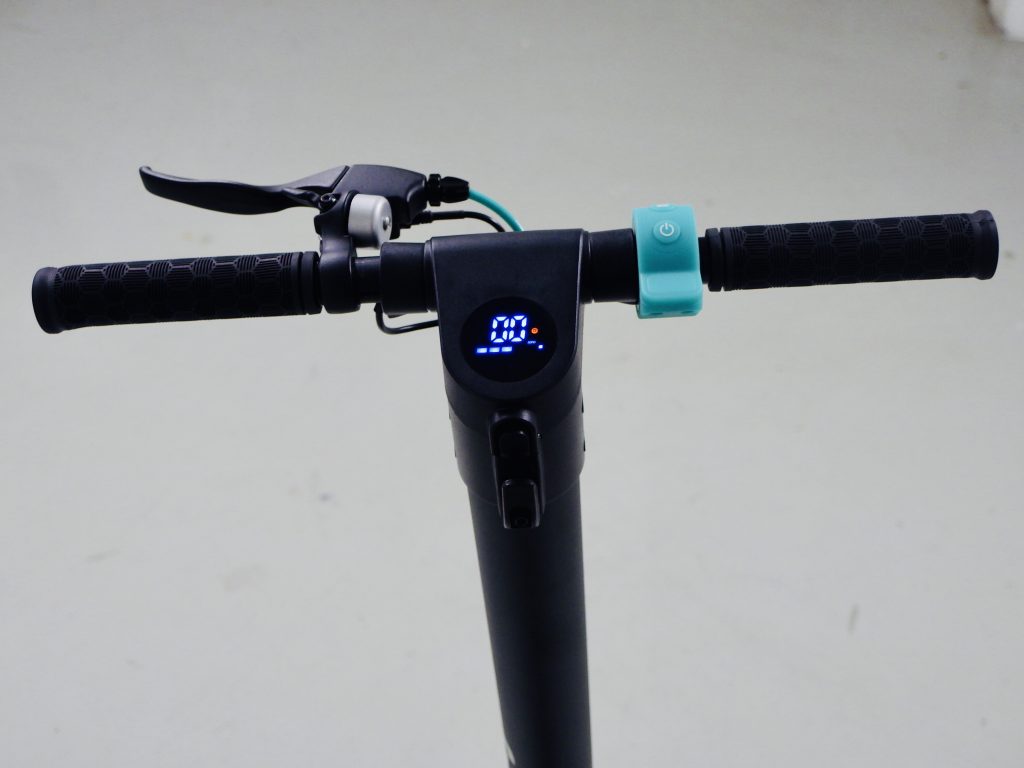
The entry-level Levy ($499) proves faster than Audi and less expensive than Unagi’s nearly-$1,000 release. Its design is simple, and is weighty enough to feel robust and sturdy—something we can attest to after miles of riding experience. Plainly put, it still feels like a scooter. Plus, after a month of daily testing, nothing faltered and none of the hinges felt like they were coming loose, a problem many recognize in other collapsible models.
Maneuvering sidewalks (when necessary and legal) is simple and slowing for pedestrians can be done with the clench of the E-ABS front brake or by stepping on the rear disc brake. Taking off doesn’t happen in a sudden jolt, but rather a progressive acceleration. Its top speed is 18mph (provided by the 36V 350W motor), but we hovered at and just below 15mph on straightaways—a speed which offers the same thrills. Without the battery to weigh down the scooter’s board, it gives in turns and over bumps, making it a smoother, more natural ride.
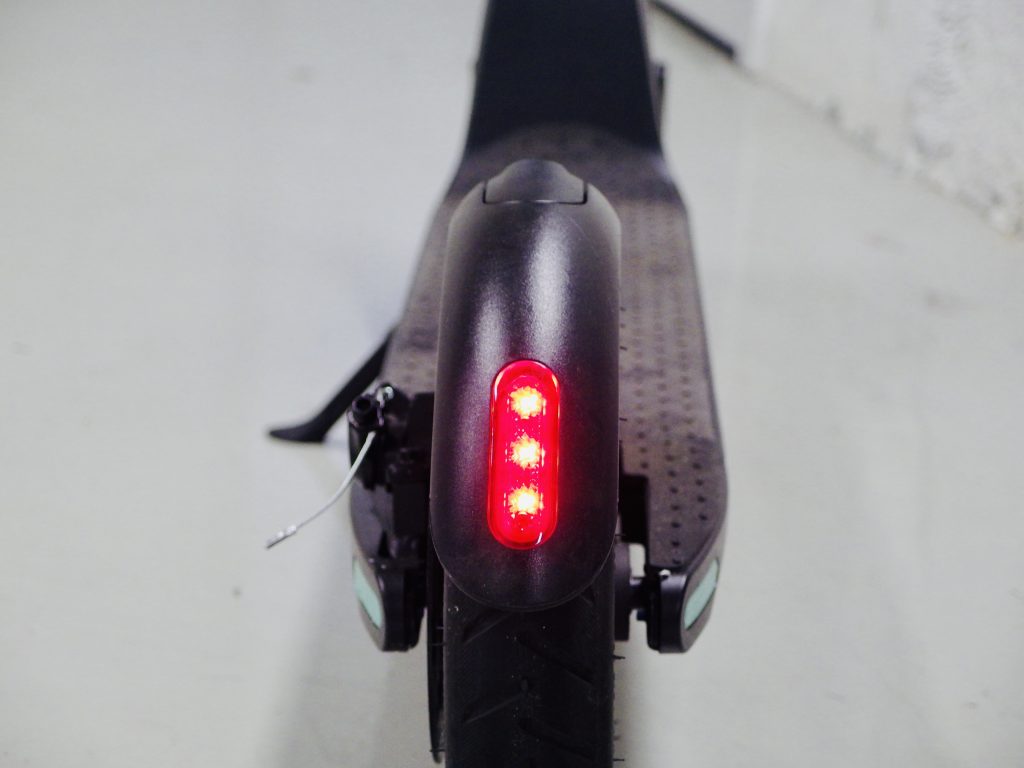
On bike lanes or shared roads, where the Levy competes with bikes and cars, its steering system encourages sensibility. While we observed slight difficulty in doing quick 180 turns, these restrictions stabilize the rider when hitting higher speeds or dodging potholes. The pneumatic tubeless tires can withstand unevenness on public roads and manage almost all cracks, dips, and holes that form with time. With riding experience, just as one would learn to ride a bike, maneuverability improves and we found ourselves navigating neighborhoods and even track-like circles without issue.

“Most people’s commute is an average of two to three miles in each direction,” Levenseller says. “You can do that in one charge, but if it’s the weekend, and you want to ride from Manhattan to Fort Greene, you can bring your extra battery pack in your bag. If you had the scooter and you couldn’t remove the battery, we could only really tell people it’s a simple commuting vehicle. With improved batteries, we are making it more versatile. People do call and ask if we have anything faster than 18mph, but we probably won’t ever make a scooter faster than 20mph, and at 15mph you have more control.”
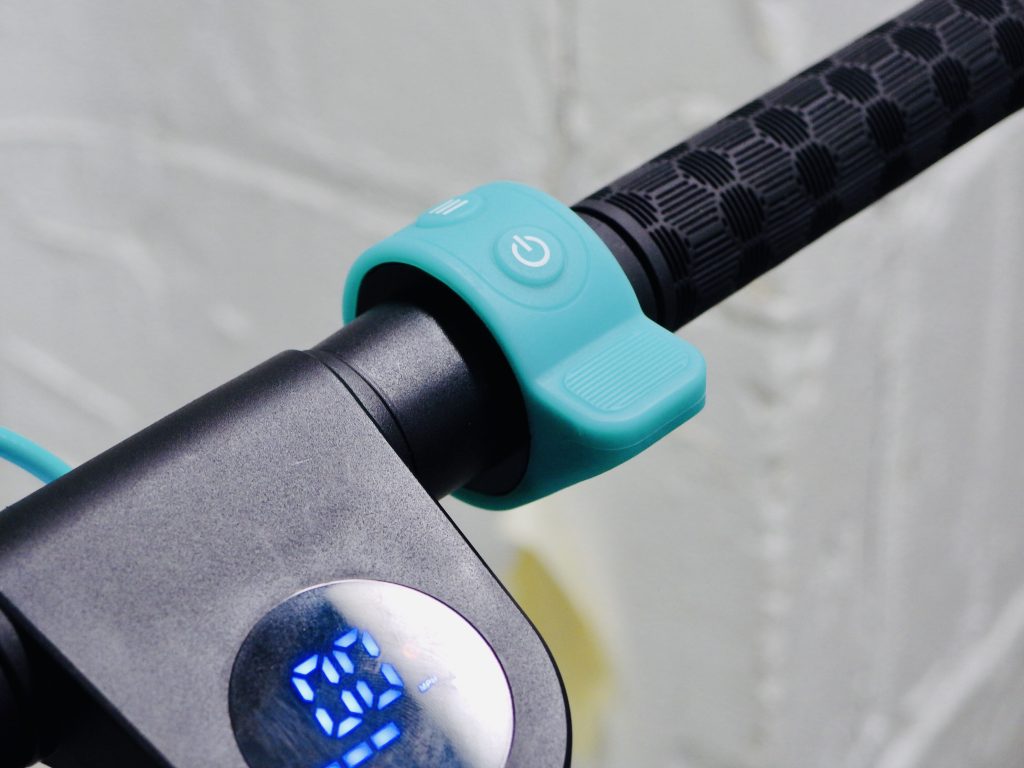
Further control is afforded by an onboard computer, which powers the scooter’s LCD screen—the hub for setting the speed limiter, turning on and off cruise control and more. To navigate the LCD screen, riders use the menu and power buttons, which are positioned on top of one another and next to the throttle. From there, you can set a speed limit, opt in or out of push to start (which requires you to kick off, like you would on a manual scooter, before the throttle takes over), and switch between miles per hour or kilometers per hour. These touches can make using the scooter a more personalized experience and less like renting one from an app.
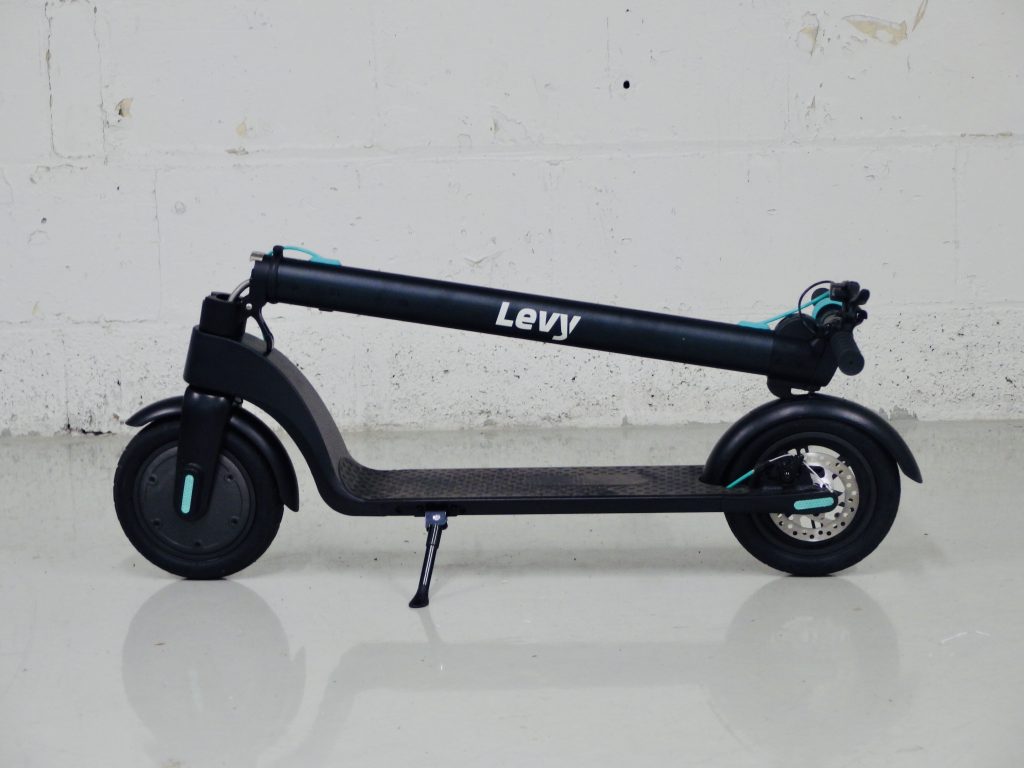
While we were out on rides in Manhattan—through Central Park and back down through a few of the city’s busiest intersections—pedestrians called out questions (from a safe, six-foot distance) about the scooter. A few positioned the model as the one they were most inclined to buy, even without us revealing any of our own opinions about it or discussing other models. “Is that the Levy?” one asked. “How does it look folded? Should I get one?” The answers to the first two questions is easy (it’s 45 inches tall unfolded, 17 inches when collapsed, and 40 inches long in either position). The third requires plenty of context to properly answer, but the Levy Electric Scooter certainly offers a versatile, reliable and robust ride—for rookies and experts alike.
Images by Evan Malachosky
